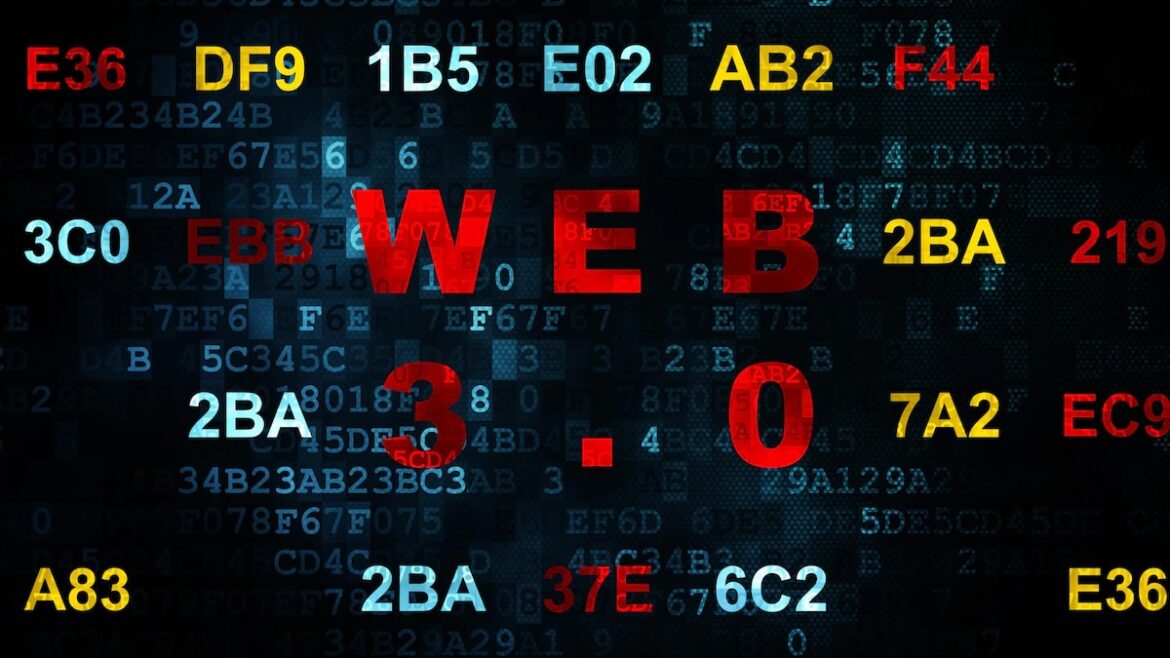1.4K
Web 3.0 is a further development of Web 1.0 and 2.0. In contrast to its predecessors, it is organised in a decentralised manner and carries the meaning of the semantic Internet, as information here can also be read and evaluated by machines.
Basics of Web 3.0
The Web 3.0 not only disseminates information, it is also used specifically by artificial intelligences.
- The so-called AIs can then, for example, filter information better and pass it on to us humans.
- To do this, modified HTML protocols are needed that allow all intelligences to communicate with each other more easily.
- In addition, machines need additional information because they do not have semantic abilities like humans. That is why Web 3.0 is also called the semantic web. Here, the corresponding meanings, which would be apparent to humans but not to machines from the context, are attached to individual words.
- For example, information can be provided to self-driving cars so that they can optimise their driving behaviour.
- Networking devices such as smartphones play a central role in Web 3.0.
- Large corporations such as Amazon are already using the so-called Web 3.0 to make automated deliveries with drones.
- But at the same time, Web 3.0 is also making people more independent of big companies. Instead of passing on one’s own data to companies intentionally or unintentionally, this data is transmitted to independent servers through so-called blockchain technology.
Difference to Web 2.0
Most people are already familiar with Web 2.0.
- Web 2.0 enables people to read and write information.
- The Web 3.0, on the other hand, enables people to do concrete things with this information in reality.
- In concrete terms, Web 3.0 makes it possible to store information more securely and independently. In the so-called blockchain, every transaction made receives a block, which in turn is transmitted in copies to all users and attached to a block chain. Each participant in a blockchain has a copy of the complete data history on his or her computer, which protects it from manipulation.
- Another advantage of Web 3.0 over Web 2.0 is that the internet is becoming even more open. Information exchange is made easier. This can already be seen, for example, in smarthomes, where appliances such as refrigerators are networked with smartphones to alert their users that milk is missing.
- With Web 3.0 and the AIs it uses, it will be possible to filter user reviews for their truthfulness. So people could read Amazon reviews and know immediately that they are reliable.
- Thus, Web 3.0 is another step towards connecting our reality with virtuality.
- So far, Web 3.0 is still in its early stages with some applications, but not yet applicable.

